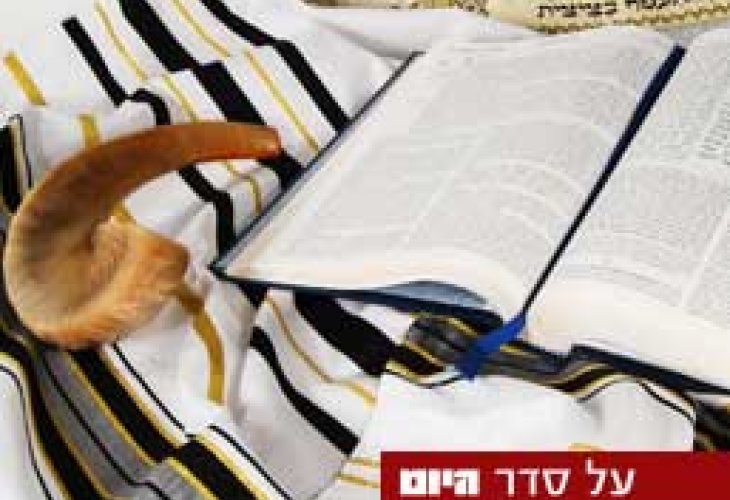Reciting the 13 Attributes - When and How?
A guide to proper bowing practices during the recitation of the 13 Attributes in prayer and what to do when there isn't a minyan for Selichot

Answer: Many bow slightly when saying the 13 Attributes at the words "Vaya'avor Hashem al panav" only. But one should know that at the very least, when reaching "Hashem, Hashem" - one should bend slightly but not with a full bow. This is what Chida wrote in Birkei Yosef in Shiyurei Bracha (131:6), saying: "When reciting the 13 Attributes 'Hashem, Hashem,' one should bow, and even though one normally straightens up when pronouncing the Name, this case is different because after the 13 Attributes it is written 'And Moses hastened and bowed down,' however, one should not fully bow but just bend slightly." And in the Ben Ish Chai (Parashat Ki Tisa, section 10) wrote that one should bow when saying 'Vaya'avor' and straighten when saying 'Hashem Hashem,' and he cited in the name of the pious Gaon Rabbi Eliyahu Mani that the custom in Beit El in the holy city of Jerusalem is to bow slightly when saying Vaya'avor Hashem, and at the word 'Vayikra' they raise their heads, and also at the word 'Hashem' they bow slightly. And in the book Chazon Ovadia (Yamim Noraim, pages 32-33) he mentioned based on the words of the Chida mentioned above, only the custom to bow slightly when saying 'Hashem, Hashem,' and did not mention at all the custom of Beit El.
Summary of the law: There are those who practice bowing slightly at the words "Vaya'avor Hashem al panav" and they certainly have authorities to rely on, but they should be told to bow slightly also at the words Hashem, Hashem.
I live in a settlement where there is one minyan for Selichot and unfortunately sometimes there are fewer than ten people. How should we conduct ourselves regarding the recitation of the 13 Attributes?
Answer: It is forbidden to recite the 13 Attributes individually in the manner of prayer and supplication, but it is permitted to recite them as if reading from the Torah, and this is ruled in the Shulchan Aruch (565:3). And in Responsa Yechaveh Da'at (Part 1, Section 47), after elaborating on the positions of the early authorities on this matter, he wrote: "And Maran the Chida himself in Birkei Yosef and Machzik Bracha (131:6) wrote that the main ruling is as Maran the Shulchan Aruch wrote (ibid) that an individual recites the 13 Attributes with cantillation as one who reads from the Torah. And so ruled the book Avodat HaKodesh Kesher Godel (Section 19, Letter 9)." And it appears that he is not concerned with the opinion of those who are stringent, and it seems that the main ruling follows Maran the Shulchan Aruch. And in the book Minchat Aharon (Rule17, Letter 5) he testified in his adulthood that indeed the common custom is that an individual recites the 13 Attributes with cantillation as if reading from the Torah, "and go out and see what the people practice." And this is the main ruling in law and practice.
Conclusion of the matter: When there is no minyan for reciting the 13 Attributes in the synagogue - they should skip and begin saying "Ribbono Shel Olam" which comes before the confession and continue the Selichot until ten people arrive, and then the prayer leader should return to say 'El Melech Yoshev al Kisei Rachamim' to complete the number of the 13 Attributes that were skipped. And if there is no hope of getting a minyan during the time of reciting the Selichot, they are permitted to read them only as reading in the manner of Torah reading with cantillation, and there is no need to be stringent in this matter.
Rabbi Shai Amar is a rabbi in the Halacha department of Hidabroot

